What Is Donor Conception?
What is donor conception?
Donor conception is the process of donating sperm, eggs or embryos to another person for them to have a baby. For a baby to be created, a sperm, which is the male reproductive cell, must fertilise an egg, which is the female reproductive cell. This fertilised egg then develops into an embryo. The embryonic stage lasts for eight weeks. From the ninth week of development onwards, the embryo is called a fetus.
Donor conception usually involves a donor/s and a recipient person. A surrogate may also be involved. The donor conception process may occur through assisted reproductive treatment (ART) or through self-insemination. The donor may be known to the recipient person or anonymous.
A person conceived as a result of the donor conception process is called a donor conceived person.
Donor conception and anonymity
Many donor conceived people do not even know they are donor conceived, as anonymous donor conception was a common practice for many decades for those seeking donor conception. As a consequence of these past practices, Donor Conceived Australia believes over 90% of donor conceived adults in Australia are still not aware of their conception status.
Although anonymous donation is no longer permitted in Australia, many donor-conceived people still do not know who they are genetically related to due to anonymous donation in the past and an inability to access information about their donor.
Donor conception through assisted reproductive technologies (ART)
Donor conception through ART is when the donation of sperm, eggs or embryos and the conception process is facilitated and overseen by a doctor or a Fertility Clinic. Currently, this process is regulated in Australia by the Reproductive Technology Accreditation Committee (RTAC) of the Fertility Society of Australia and New Zealand (FSANZ) with donors undergoing health checks and medical screenings, although historically this wasn’t always the case.
In some states in Australia, donors, donor-conceived people and their families may be able to contact each other through contact registers administered by government agencies.
Donor conception and ART methods
Donor conception through ART may occur using a process called in vitro fertilisation, commonly known as IVF. IVF is a process of combining a sperm and an egg outside of the human body. This usually involves the extraction of eggs from a female, the facilitation of the fertilisation of the eggs by sperm in a culture medium, the creation of the embryo over a few days, and then the embryo transfer into the female’s uterus to achieve pregnancy.
The embryo may be transferred into the uterus of the female who contributed the egg, or it may be transferred into another woman called a surrogate. A surrogate in this context is a woman who agrees to carry an embryo in her uterus to term and deliver the baby to another person or people who will become the baby’s legal parents.
Donor conception through ART may also occur using a process called intrauterine insemination (IUI), also known as artificial insemination (AI). Artificial insemination is a process of injecting sperm into a female’s uterus other than by means of sexual intercourse around the time of her ovulation. This process is generally less invasive than IVF as the fertilisation of the egg by the sperm occurs inside the human body.
Many donor conceived people were conceived using IVF, however it is a misconception that all are conceived using IVF. Many donor conceived people were conceived using AI before IVF was invented, or the still commonly used artificial insemination processes in fertility clinics.
Donor conception through self-insemination
Donor conception through self-insemination is when the donation of sperm and the conception process is not facilitated and overseen by a doctor or a Fertility Clinic. It can be an informal process that may be arranged privately through people known to each other or people brought together with the intention of donor conception.
Because donor conception through self-insemination is not regulated, donors often do not undergo health checks and medical screenings and there often aren’t any official government based contact registers that facilitate contact between donors and donor conceived people.
Donors who donate through informal means currently have no laws relating to the number of donations they can make, meaning that a donor conceived person may have dozens of siblings unknown to them as a result.
IVF is not used through self-insemination, because IVF requires medical intervention by a doctor. Donor conception through self-insemination usually involves other processes, like artificial insemination, where sperm is injected into the female’s cervix using a needle-less syringe.
